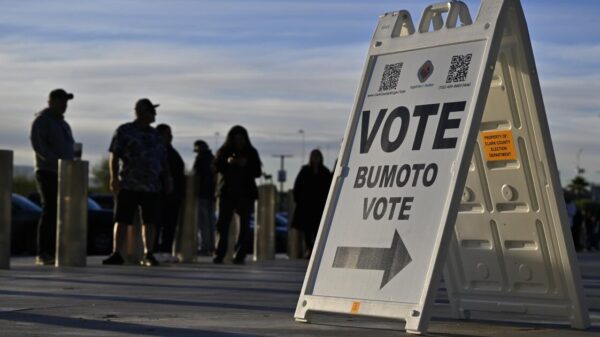A judge in Richmond has denied a request to block the Virginia General Assembly from moving forward with plans to amend the state constitution. This decision allows the Democratic-controlled legislature to proceed with redistricting congressional districts ahead of the midterm elections scheduled for November 2024.
The court ruling came in response to a request for a temporary restraining order and a preliminary injunction aimed at halting the legislative changes. Proponents of the injunction argued that the proposed amendments could significantly alter electoral representation in Virginia. They expressed concerns about the potential impact on voters, particularly in competitive districts.
Judge William A. McGrath stated that the request lacked sufficient grounds to warrant a halt to the legislative process. In his ruling, he emphasized that the General Assembly has the authority to amend the constitution and that the proposed redistricting plan falls within their jurisdiction.
As it stands, the Democratic majority in the Virginia General Assembly plans to introduce a constitutional amendment that would grant the legislature the power to redraw congressional districts. This initiative is seen as a strategic move to enhance Democratic representation in the state, especially in light of upcoming elections.
The implications of this ruling extend beyond Virginia’s borders, as redistricting can influence the balance of power in Congress. With the midterm elections approaching, many eyes are now on how these changes will play out and affect voter turnout and representation.
Advocates for electoral reform have raised alarms about gerrymandering, a practice often employed to manipulate district boundaries for political advantage. They argue that the changes could disenfranchise voters and distort the democratic process.
The decision from Richmond’s court adds another layer to the ongoing discussion about electoral fairness and representation in the United States. As the situation develops, stakeholders from various political backgrounds are likely to weigh in on the ramifications of the ruling and the forthcoming legislative actions.
This ruling reflects an ongoing trend in American politics where redistricting has become a contentious issue. With the clock ticking towards the midterm elections, the debate over how district lines are drawn will continue to be a focal point for legislators, activists, and voters alike.
In the coming weeks, more discussions are expected as the General Assembly prepares to move forward with its proposed amendment to the Virginia Constitution. The outcome of these efforts may significantly influence Virginia’s electoral landscape for years to come.





































































